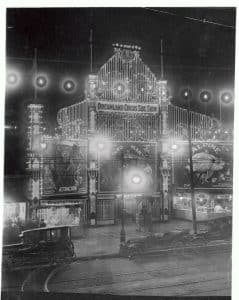As we reflect on how far society has come in 2025, it’s easy to forget just how different—and at times cruel—life used to be. One especially dark chapter in entertainment history was the popularity of so-called “freak shows” in the 19th and early 20th centuries. These traveling exhibitions put people with physical differences on display, often exploiting them for profit.
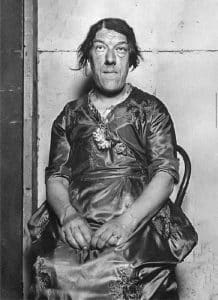
One of the most heartbreaking yet inspiring stories from that era is that of Mary Ann Bevan, a woman once labeled “The Ugliest Woman in the World.” Her journey is a powerful reminder of resilience, sacrifice, and a mother’s love.
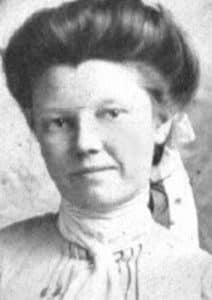
A Promising Start
Mary Ann was born Mary Ann Webster on December 20, 1874, in East London, England. She was one of eight siblings in a working-class family. As a young woman, she was considered beautiful—she had delicate features, dark hair, and a warm smile. Mary Ann pursued an education in nursing and began her medical career in 1894.
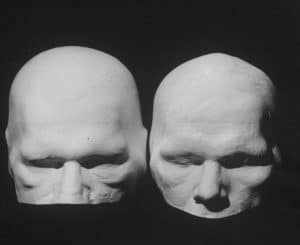
In 1902, she married Thomas Bevan. The couple had four children and built a happy life together—until tragedy struck. After 14 years of marriage, Thomas died of a stroke, leaving Mary Ann a widow with four children to raise on her own.
A Rare Disease Changes Everything
Not long after marrying Thomas, Mary Ann began to experience unusual symptoms. At age 32, she was diagnosed with acromegaly, a rare hormonal disorder caused by excess growth hormone. The disease caused her facial features, hands, and feet to enlarge dramatically.
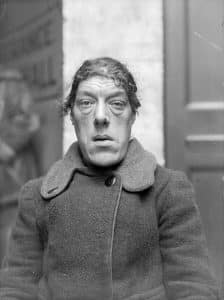
In today’s world, acromegaly is treatable if caught early. But in the early 1900s, it was barely understood. Without treatment, Mary Ann’s appearance changed drastically—and quickly. As a result, she faced constant discrimination and could no longer find work. Employers rejected her, not because of her abilities, but because of how she looked.
A Mother’s Sacrifice
Struggling to make ends meet and desperate to provide for her children, Mary Ann came across a newspaper ad that read:
“Wanted: Ugliest woman. Nothing repulsive, maimed or disfigured. Good pay guaranteed and long engagement for successful applicant.”
The ad was placed by Claude Bartram, a talent scout for the Barnum & Bailey Circus in America. Mary Ann, with no other options, responded to the ad—not for fame or fortune, but for her children.
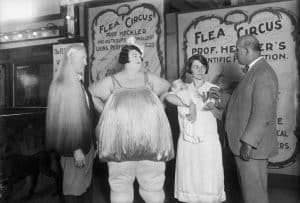
Bartram later said that while her appearance caught the public’s eye, Mary Ann was strong, healthy, and far from “repulsive.” She was shy and hesitant about putting herself on display, but the promise of a stable income convinced her to accept the offer.
Circus Life and National Fame
In 1920, Mary Ann boarded a ship to the United States and joined the Dreamland Circus at Coney Island in New York. She became an instant sensation, drawing huge crowds wherever she went. Newspapers dubbed her “The Ugliest Woman on Earth,” and thousands of visitors paid to see her.
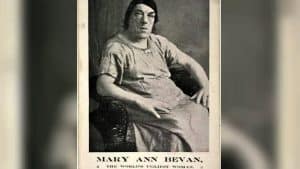
Despite the name-calling and degrading treatment—such as being forced to wear men’s clothing to emphasize her appearance—Mary Ann persevered. She endured public humiliation, but she earned enough money to send her children to boarding school in England and secure their future.
It’s estimated that during her time with the circus, Mary Ann earned the equivalent of nearly $600,000 in today’s money.
A Life of Dignity Behind the Curtain
Though the public mocked her, not everyone was blind to the cruelty. Harvey Cushing, a renowned neurosurgeon, wrote to Time magazine calling for compassion and understanding, explaining that Mary Ann’s appearance was the result of a serious medical condition, not something to be ridiculed.
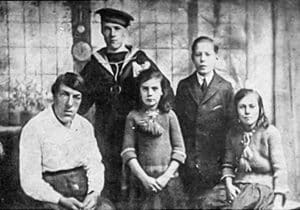
Still, Mary Ann continued working—quietly, bravely, and always for her children. She lived the rest of her life in New York, making occasional appearances in European exhibitions, including one in Paris in 1925.
She passed away in 1933 at the age of 59. In accordance with her final wish, her children brought her back to England, where she was laid to rest at Ladywell and Brockley Cemetery in South London.
